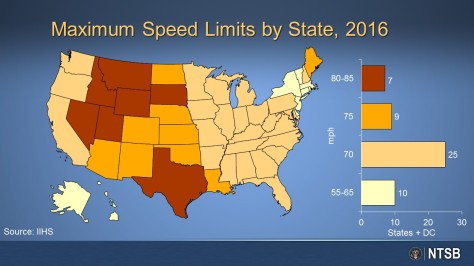By Vice Chairman Bruce Landsberg
“Always tell the truth. It will confound your enemies and amaze your friends.” This almost direct quote from Mark Twain is essential advice for pilots who are coming up for a medical certificate renewal, initial application, or going for BasicMed.
The online medical form 8500.8, as well as BasicMed form 8700-2, is perilous for the careless and those inclined to “stretch” the truth. MedExpress has lots of fine print, but it’s critical that pilots read and understand what it says, particularly question 18v, which asks “Have you EVER in your LIFE . . .,” and proceeds to list every possible way a driver could have encountered law enforcement relative to impaired driving, including drunk driving, being arrested without conviction, paying a fine, receiving suspension or administrative action, attending a rehab program or an education program—anything.
The Federal Aviation Administration (FAA) has a special investigation division in Oklahoma City whose sole function is to cross check medical applications with the National Driver Register (NDR). They’re very good at ferreting out any indiscretion, and even a slight fabrication can cost you every certificate you have. When you submit the paperwork, either for a medical certificate or BasicMed, you give the FAA permission to look you up in the NDR.
Let’s look at an example. A pilot provides an incorrect answer on the form, accidentally or not, then attests that everything on the form is true. A medical certificate is issued or, in the case of basic medical, the doctor maintains a record and one is provided to the pilot. Several months later, the Oklahoma City team checks the NDR, finds a record relating to the pilot, and sends a letter asking the pilot for information. A letter of revocation may follow, which the pilot may then appeal to an NTSB administrative law judge; however, as codified in Title 49 Code of Federal Regulations (CFR) Part 67.403(c), inaccuracies on an airman medical application form are grounds for possible revocation of any and all FAA certificates, including those for which no medical is required (for example, ground instructor, A & P, AI, etc.). NTSB is required to follow both law and precedent so FAA’s revocation may not be easy to overturn unless there has been an error.
Now, let’s rewind to when the pilot is initially filling out the form. Say the pilot truthfully reports that he had an alcohol- or drug-related driving event, whether 20 years ago or last month. The FAA will ask some additional questions and will likely require additional documentation. Depending on the circumstances, such as length of time since the event, number of events, and level of impairment, the incident may not amount to much. If it’s a recent event, chances are good that there will be some additional hoops to go through and some delay in getting back in the air, but it’s unlikely that there will be a revocation action. Yes, it will take some time and money to work through the process, but nothing like what happens if a pilot tries to sneak through without reporting the event. It’s imperative to remember, also, that once you have reported an incident, you must report it on every subsequent medical application.
If an impairment incident occurs between medical exams, you should report it immediately. Title 49 CFR 61.15 states that you have 60 days after a law enforcement encounter involving alcohol or drugs to self-report to the FAA. Failure to make that report can result in suspension of your medical certificate.
For aviation medical examiners and personal physicians: please personally coach your applicants very carefully on these points. A false answer on the medical application could ground them permanently, while a truthful answer will likely result in some temporary delay before medical certification.
It’s in everyone’s interest to follow these rules to protect the public and to keep aviation out of the court of public opinion. The fine print on your medical forms matters! Don’t let a careless mistake—or a purposeful lie—keep you grounded.








 This summer talk with the young people in your life about safe driving and the hazards they’ll be up against over the next 100 days. Doing so will ensure that they have many thousands of days ahead.
This summer talk with the young people in your life about safe driving and the hazards they’ll be up against over the next 100 days. Doing so will ensure that they have many thousands of days ahead.